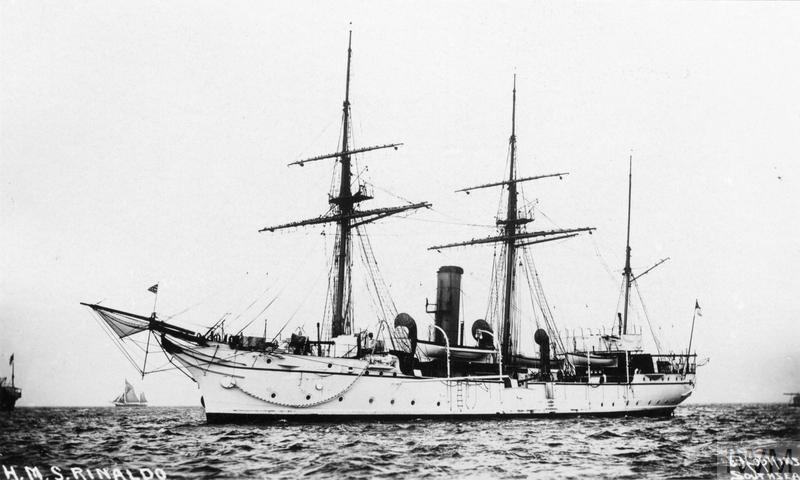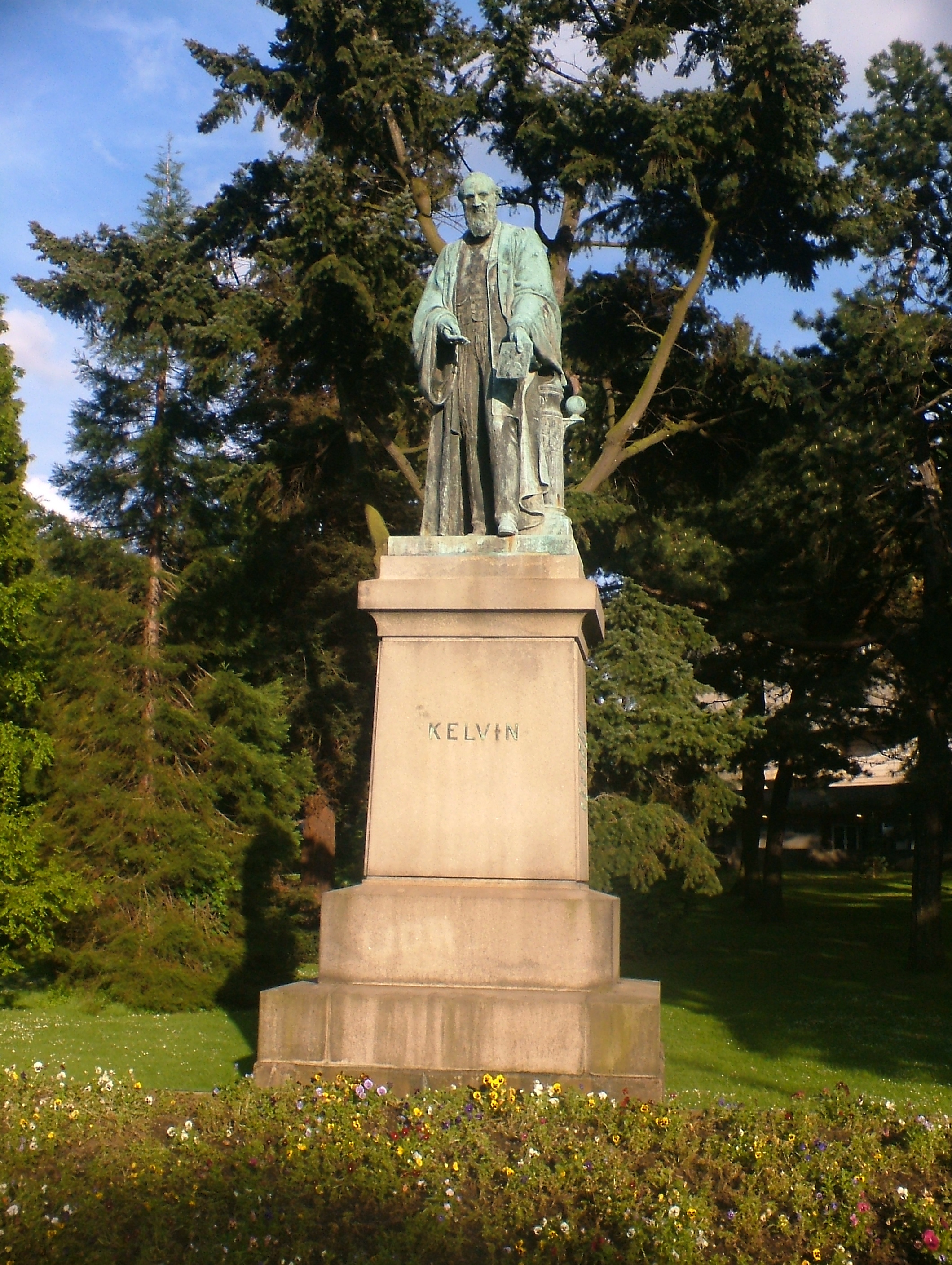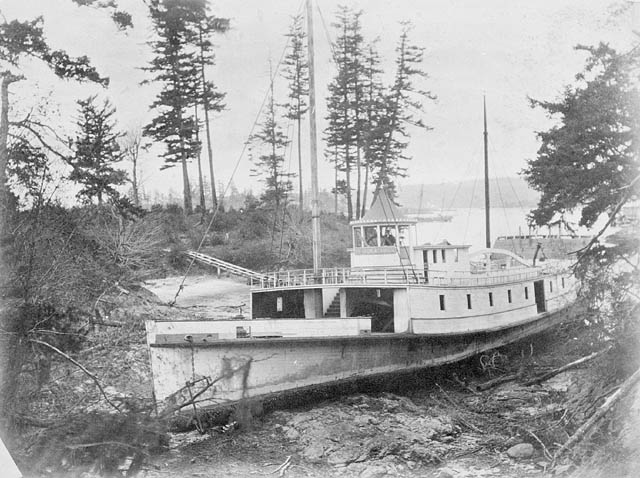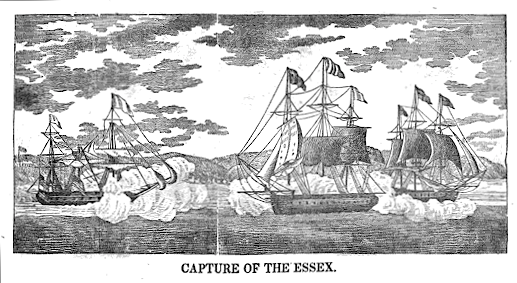|
Condor-class Sloop
The ''Condor'' class was a six-ship class of 10-gun screw steel sloops built for the Royal Navy between 1898 and 1900. ''Condor'' foundered in a gale, prompting the Royal Navy to abandon sailing rigs for its ships; all the others in the class survived into the 1920s. The last of the class, ''Mutine'', survived until 1932 as a Royal Naval Volunteer Reserve drill ship. Design The ''Condor'' class was constructed of steel to a design by William White, the Royal Navy Director of Naval Construction. They were powered by a three-cylinder vertical triple expansion steam engine developing and driving twin screws.Winfield (2004), pp.278-279. Sail plan The class was originally designed and built with barque-rigged sails, although some pictures show ships of the class with a barquentine rig. ''Condor'' was lost in a gale during her first commission, and the contemporary gunnery pioneer Admiral Percy Scott ascribes her sinking to the encumbrance of sails, and furthermore believed that ... [...More Info...] [...Related Items...] OR: [Wikipedia] [Google] [Baidu] |
HMS Shearwater (1900) Under Sail
Five ships of the Royal Navy have borne the name HMS ''Shearwater'' after the shearwater, a seabird: * was a 10-gun launched in 1808 and sold in 1832. * was a wooden paddle packet launched in 1826 as the GPO vessel ''Dolphin''. She was transferred to the Royal Navy and renamed in 1837, and was sold in 1857. * was a wooden screw sloop launched in 1861 and broken up by 1877. * was a launched in 1900. She was transferred to the Royal Canadian Navy as a depot ship A depot ship is an auxiliary ship used as a mobile or fixed base for submarines, destroyers, minesweepers, fast attack craft, landing craft, or other small ships with similarly limited space for maintenance equipment and crew dining, berthing and ... in 1915 and was sold in 1922. * was a launched in 1939 and sold in 1947. {{DEFAULTSORT:Shearwater, Hms Royal Navy ship names ... [...More Info...] [...Related Items...] OR: [Wikipedia] [Google] [Baidu] |
Barque
A barque, barc, or bark is a type of sailing ship, sailing vessel with three or more mast (sailing), masts having the fore- and mainmasts Square rig, rigged square and only the mizzen (the aftmost mast) Fore-and-aft rig, rigged fore and aft. Sometimes, the mizzen is only partly fore-and-aft rigged, bearing a square-rigged sail above. Etymology The word "barque" entered English via the French term, which in turn came from the Latin language, Latin ''barca'' by way of Occitan language, Occitan, Catalan language, Catalan, Spanish, or Italian. The Latin ''barca'' may stem from Celtic language, Celtic ''barc'' (per Rudolf Thurneysen, Thurneysen) or Greek ''baris'' (per Friedrich Christian Diez, Diez), a term for an Egyptian boat. The ''Oxford English Dictionary'', however, considers the latter improbable. The word ''barc'' appears to have come from Celtic languages. The form adopted by English, perhaps from Irish language, Irish, was "bark", while that adopted by Latin as ''barca ... [...More Info...] [...Related Items...] OR: [Wikipedia] [Google] [Baidu] |
Binnacle
A binnacle is a waist-high case or stand on the deck of a ship, generally mounted in front of the helmsman, in which navigational instruments are placed for easy and quick reference as well as to protect the delicate instruments. Its traditional purpose was to hold the ship's magnetic compass, mounted in gimbals to keep it level while the ship pitched and rolled. A binnacle may be subdivided into sections and its contents typically include one or more compasses and an oil lamp or other light source. Other devices such as a sand timer for estimating speed may have been stored in the binnacle as well. Binnacle can also refer to the cluster of instruments and switches mounted in a circular casing on or near the steering column of a car. History The construction of many early (mid-18th century) binnacles used iron nails, which were later discovered to cause magnetic deviations in compass readings. As the development of the compass and understanding of magnetism progressed, greater at ... [...More Info...] [...Related Items...] OR: [Wikipedia] [Google] [Baidu] |
Cape Flattery
Cape Flattery () is the northwesternmost point of the contiguous United States. It is in Clallam County, Washington on the Olympic Peninsula, where the Strait of Juan de Fuca joins the Pacific Ocean. It is also part of the Makah Reservation, and is the northern boundary of the Olympic Coast National Marine Sanctuary. Cape Flattery can be reached from a short hike, most of which is boardwalked. Cape Flattery Trail, with photographs. The westernmost point in the contiguous United States is at Cape Alava, south of Cape Flattery in Olympic National Park. However, the westernmost tip of Cape Flattery is almost exactly as far west as Cape Alava, the difference being approximately 5 seconds of longitude, about , at high tide and somewhat more at low tide. The Cape Flattery Lighthouse is on Tatoosh Island, just off the cape. Makah Bay and Neah Bay are on either side of the cape. Neah Bay, Washington is the closest town to the cape. History James Cook Cape Flattery is the oldest perm ... [...More Info...] [...Related Items...] OR: [Wikipedia] [Google] [Baidu] |
Vancouver Island
Vancouver Island is an island in the northeastern Pacific Ocean and part of the Canadian Provinces and territories of Canada, province of British Columbia. The island is in length, in width at its widest point, and in total area, while are of land. The island is the largest by area and the most populous along the west coasts of the Americas. The southern part of Vancouver Island and some of the nearby Gulf Islands are the only parts of British Columbia or Western Canada to lie south of the 49th parallel north, 49th parallel. This area has one of the warmest climates in Canada, and since the mid-1990s has been mild enough in a few areas to grow Mediterranean Sea, Mediterranean crops such as olives and lemons. The population of Vancouver Island was 864,864 as of 2021. Nearly half of that population (~400,000) live in the metropolitan area of Greater Victoria, the capital city of British Columbia. Other notable cities and towns on Vancouver Island include Nanaimo, Port Alberni, ... [...More Info...] [...Related Items...] OR: [Wikipedia] [Google] [Baidu] |
Hawaii
Hawaii ( ; haw, Hawaii or ) is a state in the Western United States, located in the Pacific Ocean about from the U.S. mainland. It is the only U.S. state outside North America, the only state that is an archipelago, and the only state geographically located within the tropics. Hawaii comprises nearly the entire Hawaiian archipelago, 137 volcanic islands spanning that are physiographically and ethnologically part of the Polynesian subregion of Oceania. The state's ocean coastline is consequently the fourth-longest in the U.S., at about . The eight main islands, from northwest to southeast, are Niihau, Kauai, Oahu, Molokai, Lānai, Kahoolawe, Maui, and Hawaii—the last of these, after which the state is named, is often called the "Big Island" or "Hawaii Island" to avoid confusion with the state or archipelago. The uninhabited Northwestern Hawaiian Islands make up most of the Papahānaumokuākea Marine National Monument, the United States' largest protected ... [...More Info...] [...Related Items...] OR: [Wikipedia] [Google] [Baidu] |
Esquimalt
The Township of Esquimalt is a municipality at the southern tip of Vancouver Island, in British Columbia, Canada. It is bordered to the east by the provincial capital, Victoria, British Columbia, Victoria, to the south by the Strait of Juan de Fuca, to the west by Esquimalt Harbour and Royal Roads, to the northwest by the New Songhees 1A Indian reserve and the town of View Royal, and to the north by a narrow inlet of water called the Gorge, across which is the district municipality of Saanich, British Columbia, Saanich. It is almost tangential to Esquimalt 1 Indian Reserve near Admirals Road. It is one of the 13 municipalities of Greater Victoria, British Columbia, Greater Victoria and part of the Capital Regional District. Esquimalt had a population of 17,533 in 2021. It covers . It is CFB Esquimalt, home to the Pacific fleet of the Royal Canadian Navy. History The region now known as Esquimalt was settled by First Nations in Canada, First Nations people approximately 4000 ye ... [...More Info...] [...Related Items...] OR: [Wikipedia] [Google] [Baidu] |
Pacific Station
The Pacific Station was created in 1837 as one of the geographical military formations into which the Royal Navy divided its worldwide responsibilities. The South America Station was split into the Pacific Station and the South East Coast of America Station. History The British Pacific Squadron was established in 1813 to support British interests along the eastern shores of the Pacific Ocean at Valparaíso, Chile. In 1837, when the South America station was split, this responsibility was passed to the Commander-in-Chief, Pacific. In 1843, Lord George Paulet, George Paulet, captain of , took her out from Valparaíso to Honolulu to demand the islands of the Kingdom of Hawaii for Britain. King Kamehameha III capitulated and signed the islands over to Paulet. In the summer of that year, Rear-Admiral Richard Darton Thomas set out from Valparaíso in to rein Paulet in. On 31 July 1843, Thomas assured the King that the occupation was over and that there was no Paulet Affair (1843) ... [...More Info...] [...Related Items...] OR: [Wikipedia] [Google] [Baidu] |
Ernest George Pretyman
Ernest George Pretyman, (13 November 1859 – 26 November 1931), known as E. G. Pretyman, was a British soldier and Conservative Party politician. Background and education Born on 13 November 1859 and christened on 1 January 1860 at Great Carlton, Lincolnshire, Pretyman was the son of Reverend Frederic Pretyman, Canon of Lincoln. He was the great-grandson of George Pretyman Tomline, a prominent late 18th century cleric, as well as the heir of "Colonel" George Tomline, his father's first cousin. He was educated at Eton and at the Royal Military Academy, Woolwich. He entered the Royal Artillery in 1880 and retired in 1889. Political career Pretyman served as Member of Parliament (MP) for Woodbridge, Suffolk from 1895 to 1906 and for Chelmsford from 1908 to 1923. He was Civil Lord of the Admiralty from 1900 to 1903, Parliamentary and Financial Secretary to the Admiralty from 1903 to 1906, Parliamentary Secretary to the Board of Trade from 1915 to 1916 and Civil Lord of the Adm ... [...More Info...] [...Related Items...] OR: [Wikipedia] [Google] [Baidu] |
Secretary To The Admiralty
S, or s, is the nineteenth letter in the Latin alphabet, used in the modern English alphabet, the alphabets of other western European languages and others worldwide. Its name in English is ''ess'' (pronounced ), plural ''esses''. History Origin Northwest Semitic šîn represented a voiceless postalveolar fricative (as in 'ip'). It originated most likely as a pictogram of a tooth () and represented the phoneme via the acrophonic principle. Ancient Greek did not have a phoneme, so the derived Greek letter sigma () came to represent the voiceless alveolar sibilant . While the letter shape Σ continues Phoenician ''šîn'', its name ''sigma'' is taken from the letter ''samekh'', while the shape and position of ''samekh'' but name of ''šîn'' is continued in the '' xi''. Within Greek, the name of ''sigma'' was influenced by its association with the Greek word (earlier ) "to hiss". The original name of the letter "sigma" may have been ''san'', but due to the complica ... [...More Info...] [...Related Items...] OR: [Wikipedia] [Google] [Baidu] |
British Empire
The British Empire was composed of the dominions, colonies, protectorates, mandates, and other territories ruled or administered by the United Kingdom and its predecessor states. It began with the overseas possessions and trading posts established by England between the late 16th and early 18th centuries. At its height it was the largest empire in history and, for over a century, was the foremost global power. By 1913, the British Empire held sway over 412 million people, of the world population at the time, and by 1920, it covered , of the Earth's total land area. As a result, its constitutional, legal, linguistic, and cultural legacy is widespread. At the peak of its power, it was described as "the empire on which the sun never sets", as the Sun was always shining on at least one of its territories. During the Age of Discovery in the 15th and 16th centuries, Portugal and Spain pioneered European exploration of the globe, and in the process established large overse ... [...More Info...] [...Related Items...] OR: [Wikipedia] [Google] [Baidu] |
List Of Royal Navy Stations
The professional head of the Royal Navy is known as the First Sea Lord and Chief of the Naval Staff (1SL/CNS). There are presently two senior subordinates to the 1SL: the Second Sea Lord, who is also the Deputy Chief of the Naval Staff; and the Fleet Commander. Fleets up until 2012 * Atlantic Fleet - Commander-in-Chief Atlantic Fleet (1909–1914, 1919–1932) * Battle Cruiser Fleet (1915–19) * British Pacific Fleet - Commander-in-Chief British Pacific Fleet (1944–1945) * Commander-in-Chief Fleet (1971-2012, succeeded by post of Fleet Commander) * Channel Fleet - Commander-in-Chief Channel Fleet (1904-1909, 1914-1915) * Channel Squadron - Vice-Admiral, Commanding Channel Squadron (1859-1904) - designated Fleet * Eastern Fleet - Commander-in-Chief Eastern Fleet (formerly only C-in-Cs East Indies, Australia and China Stations), 1941-1971. * First Fleet - Commander-in-Chief First Fleet, (1912–14) * Far East Fleet - Commander, Far East Fleet c.1952-1971 * Grand Fleet - ... [...More Info...] [...Related Items...] OR: [Wikipedia] [Google] [Baidu] |








